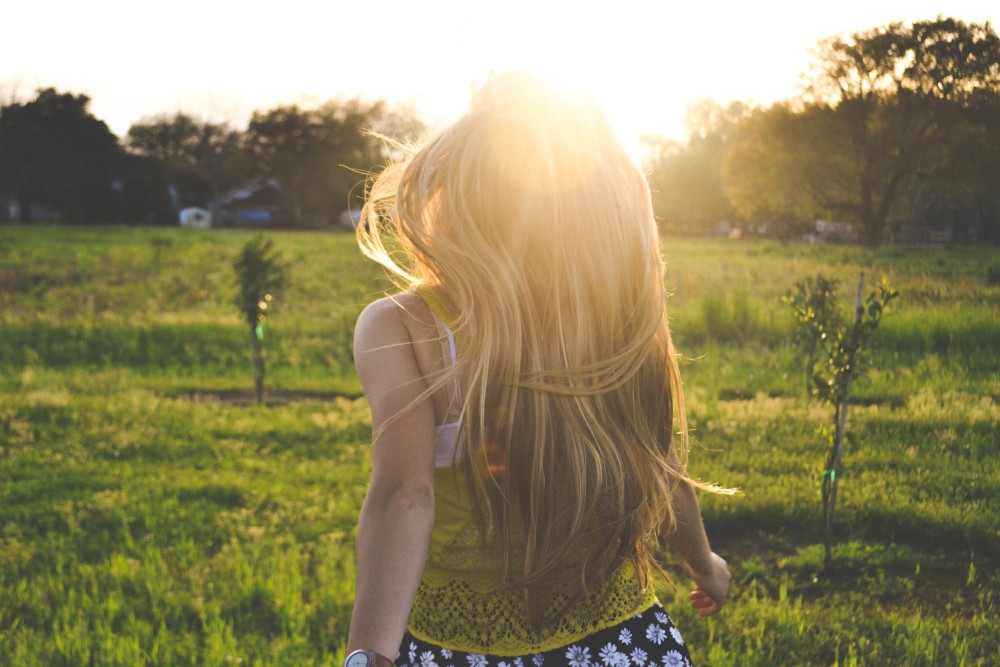Well this is good to know … A recent study from the University of Queensland in Australia has found a trait that both men and women find attractive in potential partners.
We tend to speculate about the things men and women find attractive, so anything that can add substance to the conversation is welcome news.
The trait is non-conformity and it turns out that both men and women think it’s a little bit of wonderful.
The Research. What They Did
Researchers asked 115 undergraduate students to rate the attractiveness of 20 individuals based on their profiles. Participants then had to say whether or not they would be interested in going on a date with the person behind the profile.
Each profile was ‘manipulated’ to emphasise conformity (with statements such as, ‘She is quite happy to go along with what others are doing,’) or non-conformity (‘She often does her own thing rather than fit in with the group.)
The participants were asked which people of the opposite sex they found most attractive. They were also asked to name which members of their own sex they thought would be most attractive to others.
What They Found
So what do men and women find attractive?
Both the men and women were more attracted to the profiles of people who seemed to know their own mind.
Interestingly though, the men were more accurate in predicting which profiles would be the most attractive to the opposite sex.
Women tended to overestimate the extent to which men would prefer women who followed the crowd, but it turns out that’s not the case. Men prefer women who know their own mind.
To test out whether the finings were unique to the Australian culture, the study was also conducted in Britain, America and India. The results were similar to those found in Australia. Both men and women prefer partners who can think for themselves.
The research dispels a common belief (or maybe a stereotypical belief) that men prefer women who are submissive and agreeable. Of course some men prefer this (just as some women prefer men who are more conforming) but for the vast majority this just isn’t the case. For them, women with their own minds are the ones who get their attention – and the first date.
In a world that can sometimes feel like it presses too hard for prescription and conformity, it’s feels more than a little bit excellent to know that an independent mind is where it’s at to send sparks flying. Thanks science.
(Image Credit: Unsplash | Morgan Sessions)



Leave a Reply